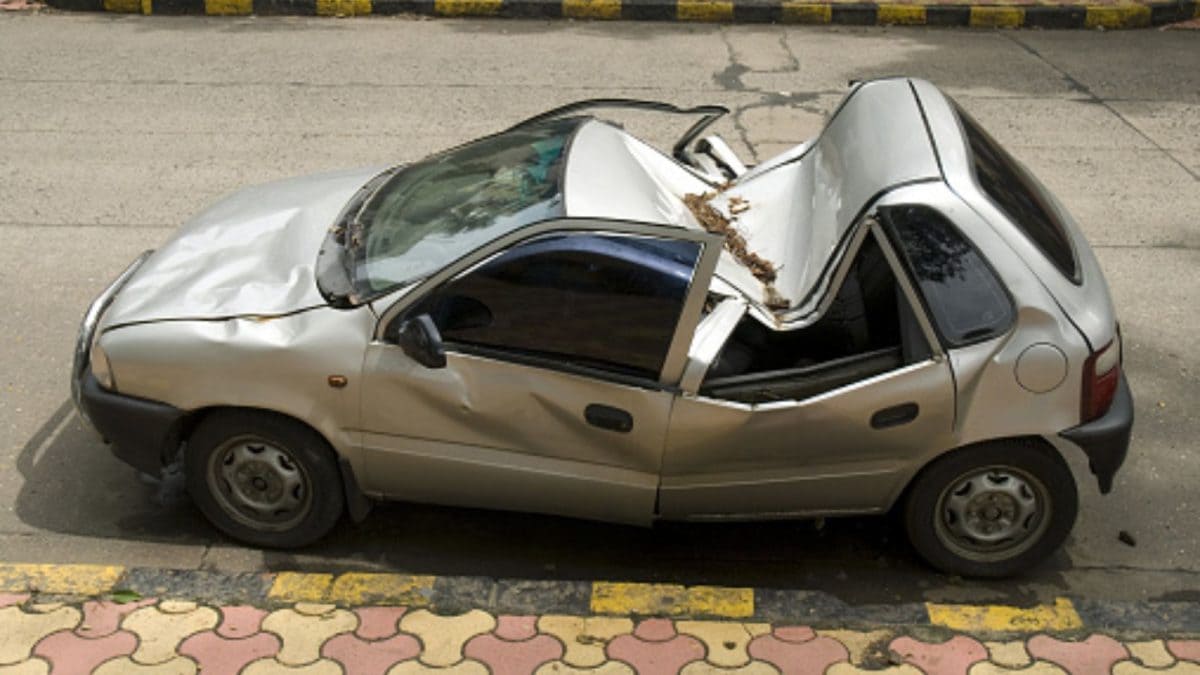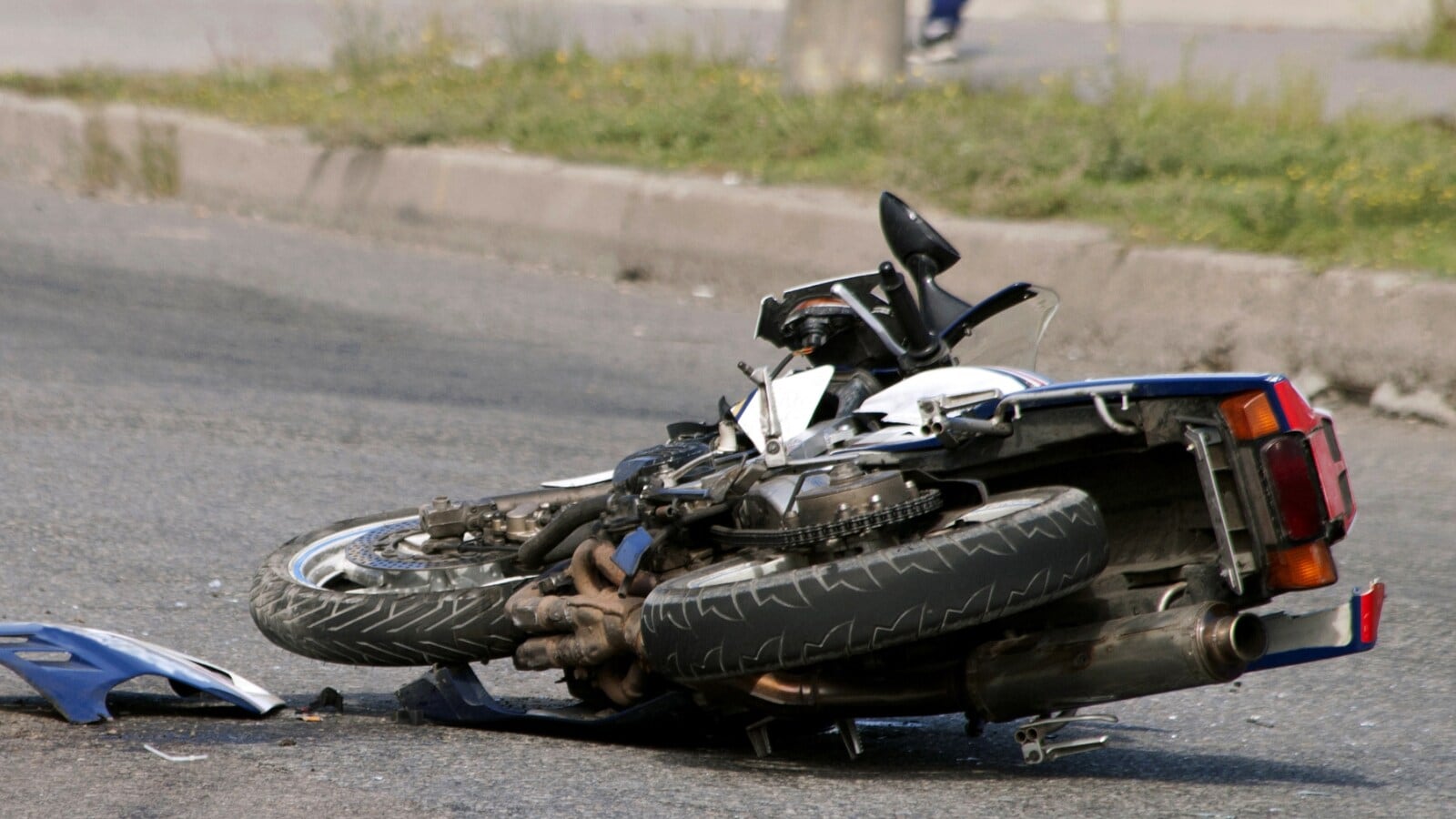
Every day, countless lives are lost on India’s roads. Accidents happen anytime, anywhere — often without warning. The government’s latest road safety data paints a grim picture of how dangerous India’s roads have become. Which cities and highways are the most accident-prone?
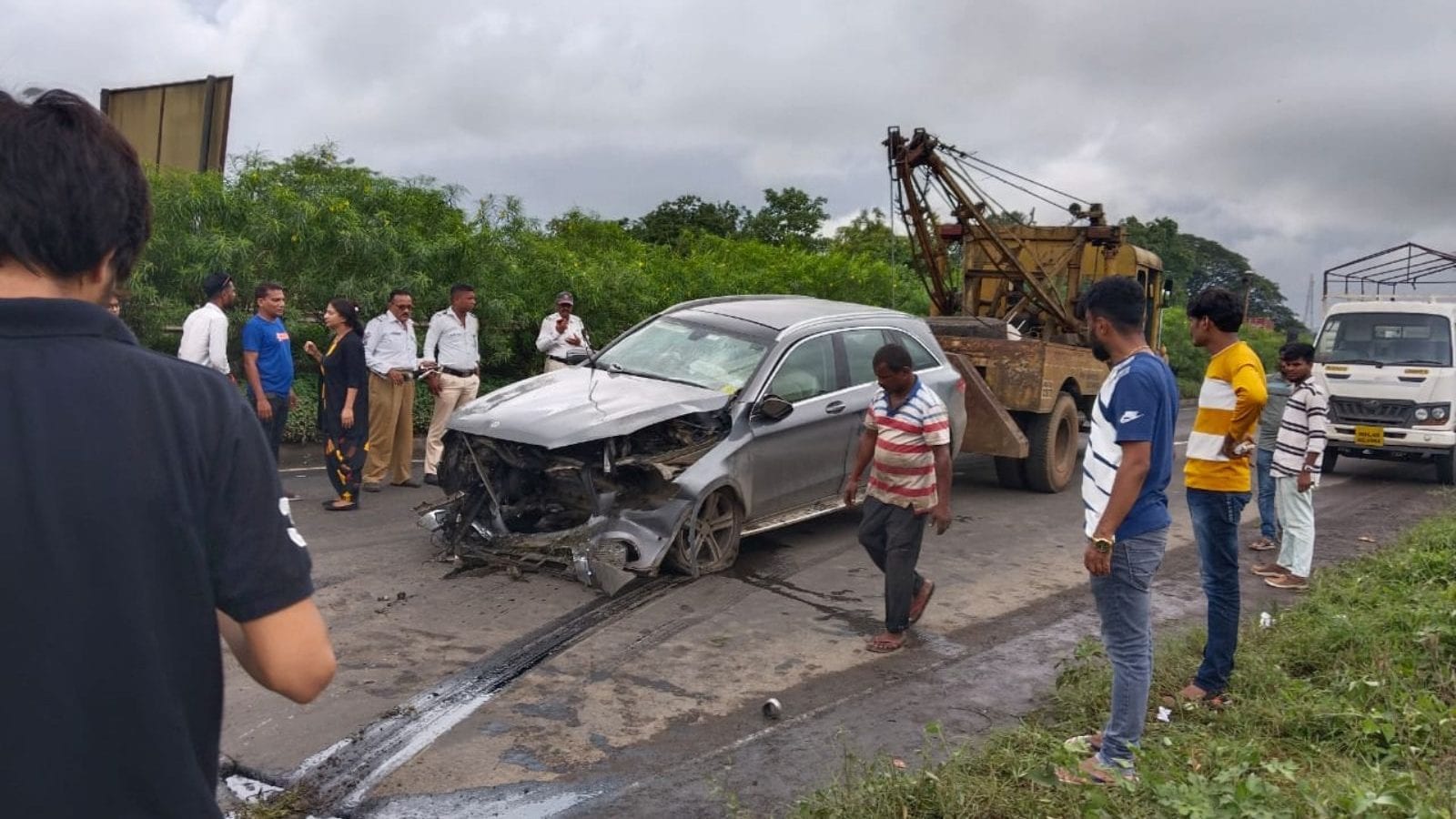
In 2023, India recorded a total of 4.64 lakh road accidents, claiming 1.73 lakh lives and injuring over 4.47 lakh people. Compared to 2022, both the number of accidents and the death rate have increased — the latter by 1.6%.
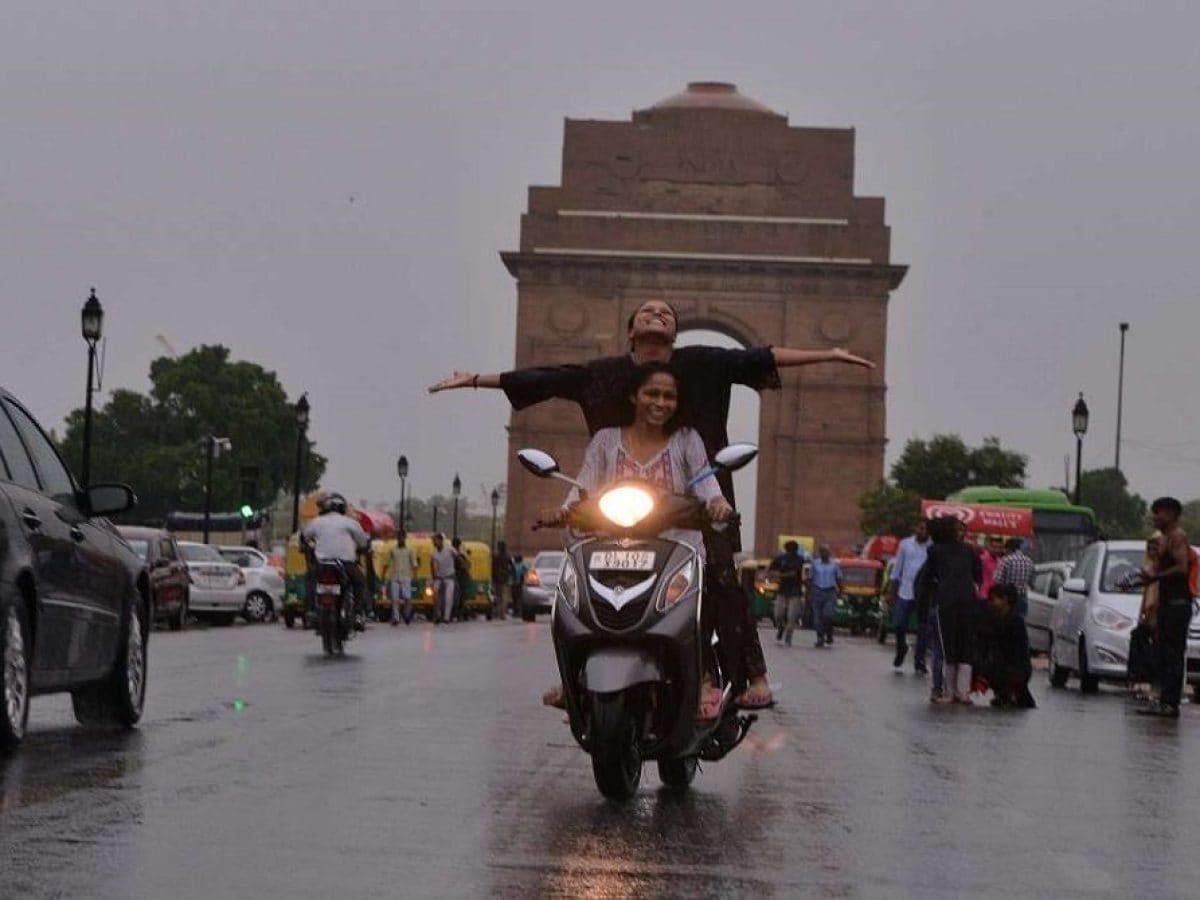
When it comes to accident hotspots, Delhi has emerged as the “capital of accidents”. In 2023, the city reported 5,715 road crashes and 1,457 deaths, followed by Bengaluru (4,980 accidents, 915 deaths) and Chennai (3,653 accidents).
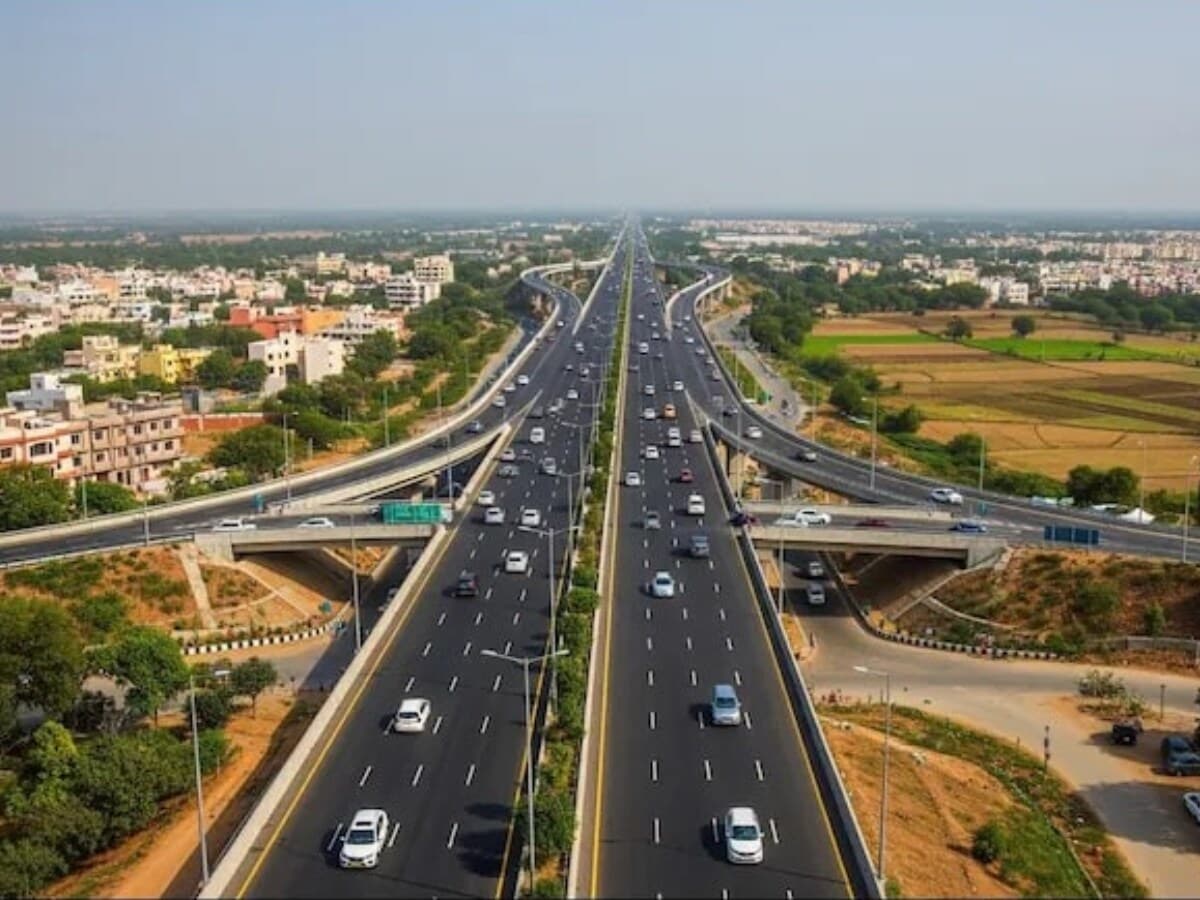
India’s national highways make up only 2% of total roads but account for 34.6% of deaths (60,127 fatalities). Next come state highways, with 23.4% of deaths (40,611 fatalities). Uttar Pradesh, Tamil Nadu, and Maharashtra top the list for the most highway deaths.
Overspeeding remains the biggest killer on Indian roads, responsible for 58.6% of deaths (1,01,841 fatalities). Reckless driving and dangerous overtaking caused 23.6% (41,035 deaths), while poor weather, drunk driving, and animals on roads made up another 2.8% (4,952 deaths).

Two-wheeler riders are the most vulnerable — they account for 45.8% of all deaths (79,533 fatalities). Tamil Nadu and Uttar Pradesh report the highest numbers. Pedestrians make up 15.9% (27,586 deaths), while car and jeep passengers account for 14.3% (24,776 deaths).
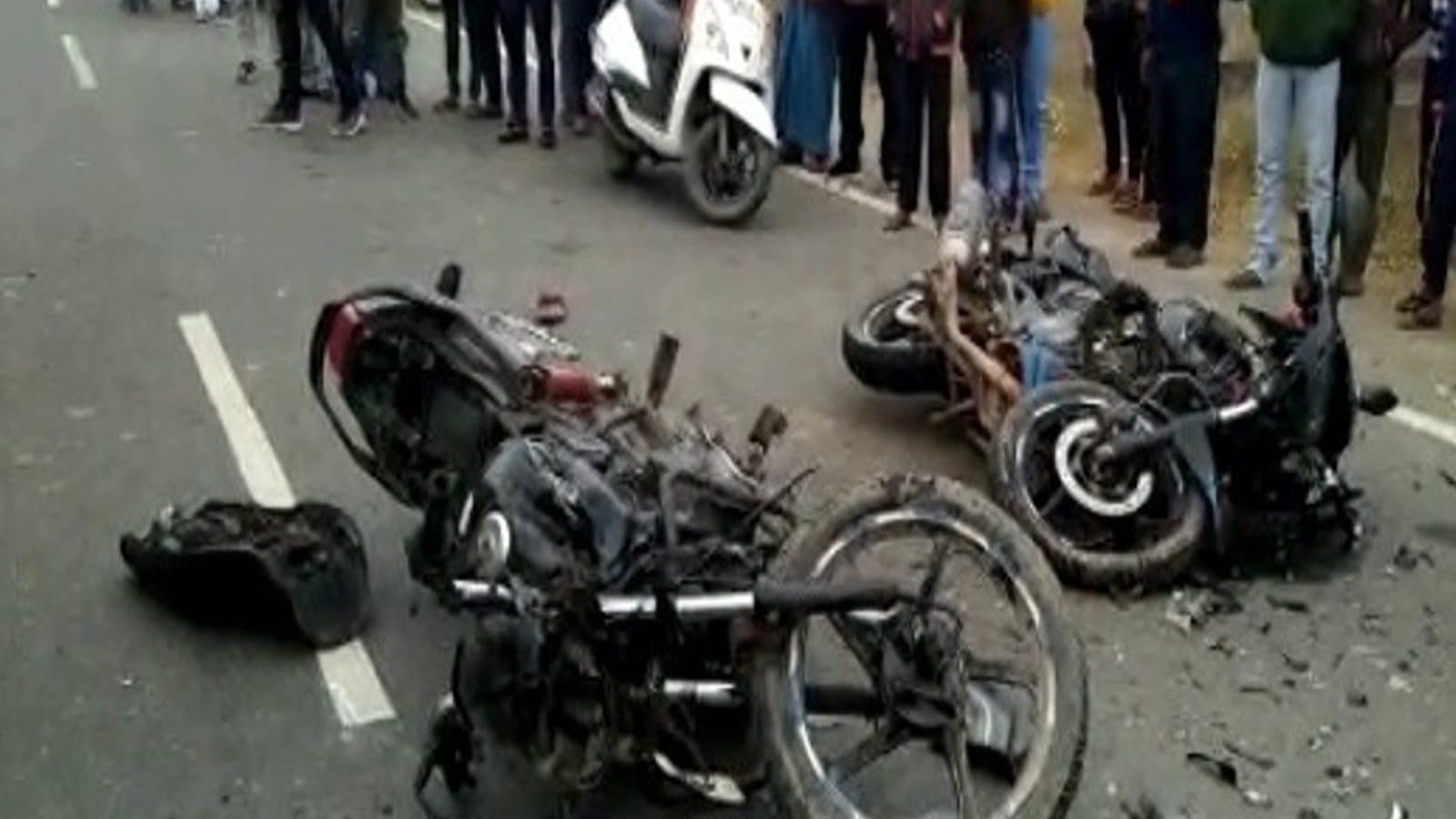
The most dangerous time to be on the road? Between 6 pm and 9 pm. Nearly 21% of all accidents (95,984) occur during these evening hours, when visibility drops and traffic peaks.
Usually, road crashes injure more people than they kill — but in Jharkhand, Punjab, Bihar, Uttar Pradesh, and the Andaman & Nicobar Islands, it’s the opposite. For example, in Uttar Pradesh, 23,947 people died while 23,843 were injured in 37,764 accidents.
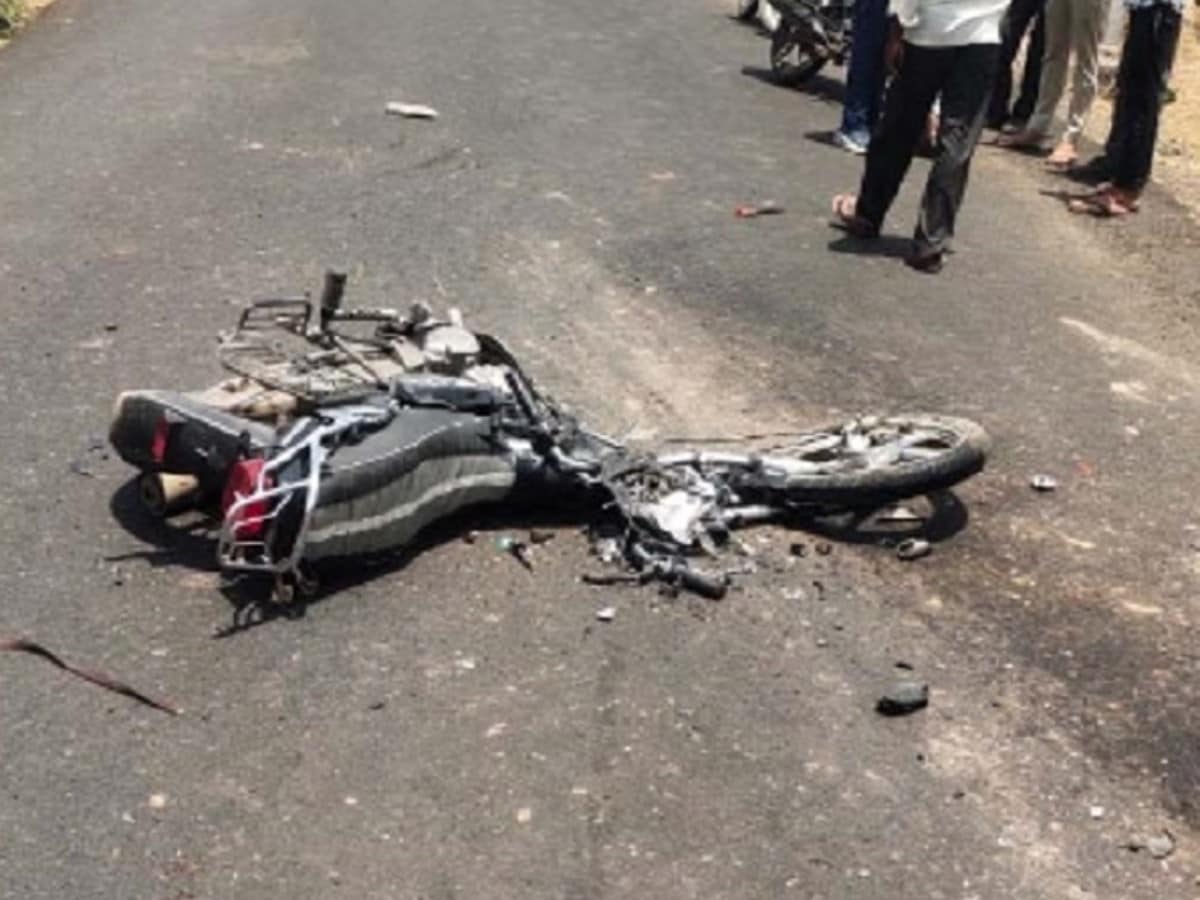
The government aims to cut road accident deaths by half by 2030. Its “5E Strategy” focuses on five key areas: Engineering (better roads), Enforcement (strict laws), Education (awareness), Emergency care (quick medical aid), and Environment (safe conditions).
Efforts are on to improve safety — fixing road markings, installing crash barriers, and redesigning risky junctions. Advanced Traffic Management Systems (ATMS) are being set up on highways to monitor traffic and trigger faster rescue responses in case of accidents.

